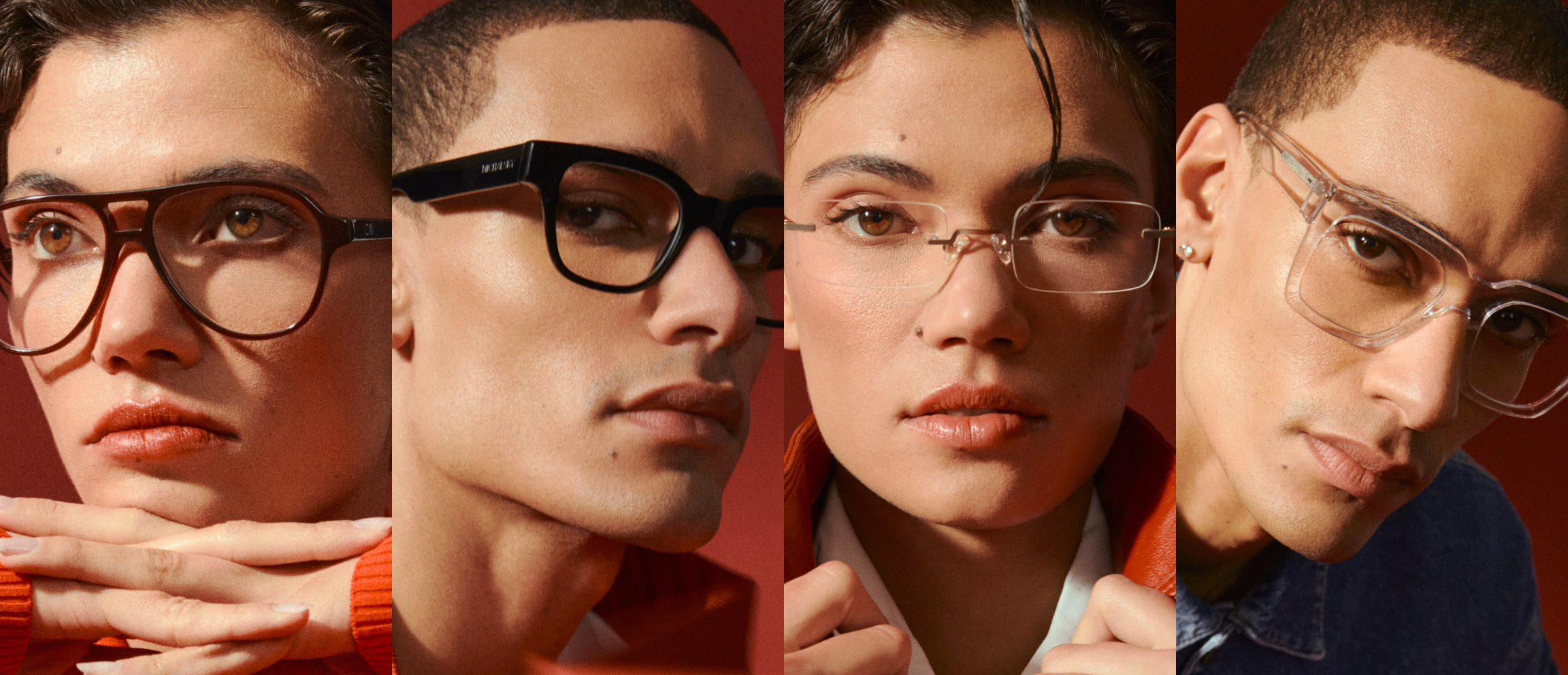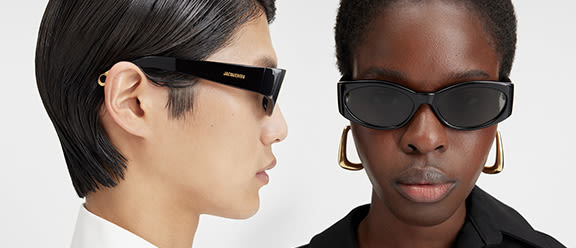Keep an eye on the traffic – sunglasses for driving
Tricky visibility while driving can be a big issue in summer, but also in spring and autumn when the sun sets early. Glare is a common problem, which can make driving on motorways, city streets and country roads a dangerous undertaking.
The right pair of sunglasses can help to minimise the risk of accidents. The most important factor here is protection against glare. While sunglasses will help you see clearly at any time of year, driving is a different matter to taking a Sunday stroll, so the model needs to tick certain boxes.
Lens colour and filter category
Not all lens colours are suitable for driving, as they can affect the way you perceive colours in your surroundings. You can forget grey, brown or green tints. We’d also advise you against red, orange or blue lenses, as they can lead to incorrect perception of traffic lights, brake lights and traffic signs.
Warning: So-called self-tinting or photochromic lenses don’t always provide the necessary amount of glare protection on roads. Because the front windscreen of the car already absorbs a large proportion of UV-radiation, the lenses may not darken, or do so only very slowly. However, some manufacturers now offer photochromic lenses specifically for driving. If you’re interested, have a word with your optician.
Another point to consider is filter categories. During the day, categories 0 to 3 are a safe bet. Even if the sun slips behind clouds or you’re suddenly driving through a very shaded area, with these filter categories you’ll still have a good view of things. Category 1 is fine is you’re driving at night, as long as the lenses don’t filter more than 25% of sunlight. Category 4 lenses shouldn’t be worn during the day or at night.
Tip: Under clear blue skies, the best sunglasses for driving are those with category 3 lenses.
The right frame for a broad field of view
The frame and particularly the temples of the glasses that you wear behind the wheel shouldn’t be too wide. Excessively wide temples could limit your view when looking in the side mirrors or over your shoulder. Likewise, thick frames should be avoided so as not to interfere with your peripheral vision.
The right lens tint and finishes for a clear perspective
If you already own a pair of sunglasses, you can wear them for driving as long as they fulfil the above criteria concerning colour, lens tint and frame. But if you fancy buying yourself a new pair and want to use them while driving, it’s worth thinking about the following lens finishes:
Anti-reflective lenses aid your vision by reducing reflection and thus the glare caused by sunlight hitting the front of the lenses. An anti-reflective finish on the back of the lenses achieves the same effect by absorbing any stray light that manages to creep in behind the lenses.
Mirrored lenses also protect the eyes against glare. Such lenses also tend to be anti-reflective, so as to prevent reflections affecting the inner side of the lenses.
Polarised lenses reduce glare caused by reflections that hit at an angle, as can happen, for example, on wet roads. The polarising filter heightens colour and contrast perception, which is particularly important while driving. But a word of warning: The screen of navigation devices can appear black when seen through polarised lenses.
Gradient lenses as the name implies, are characterised by being darker at the top and getting lighter as they go down. This protects the eyes from light that shines from above, while allowing a clear view of armrests, dashboard, steering wheel, etc.
Tip: So-called clip-ins for prescription glasses are not very suitable for driving, as the light can bounce off the space between the outer and inner lenses and cause bothersome reflections. Contrast is reduced and driving becomes more dangerous. So it’s worth investing in a decent pair of sunglasses.
EUROPE'S LEADING ONLINE OPTICIAN

Women





